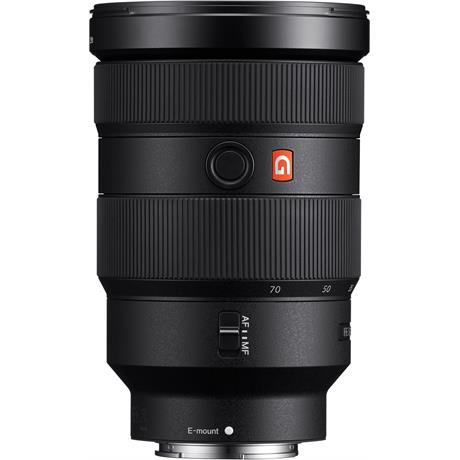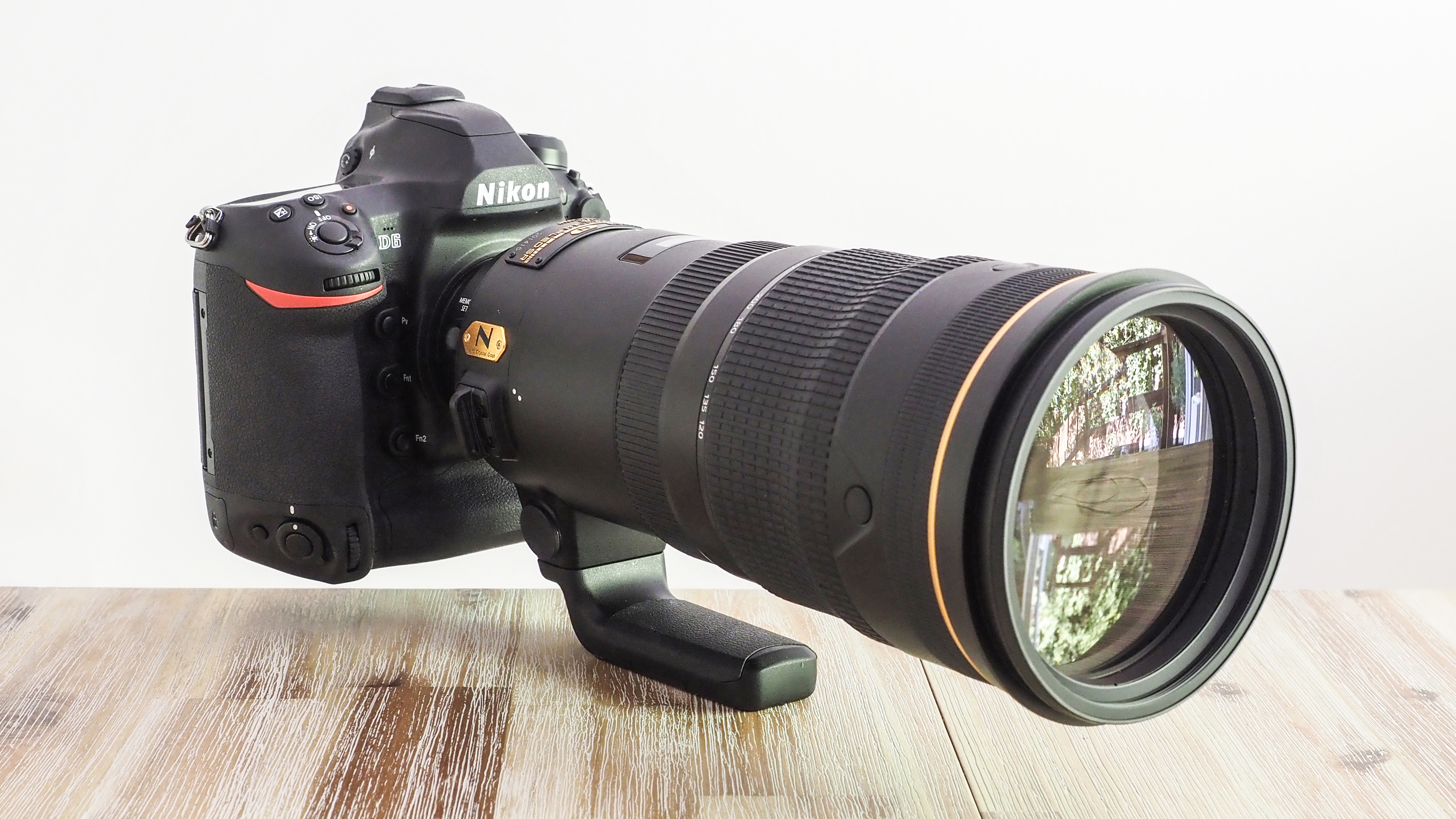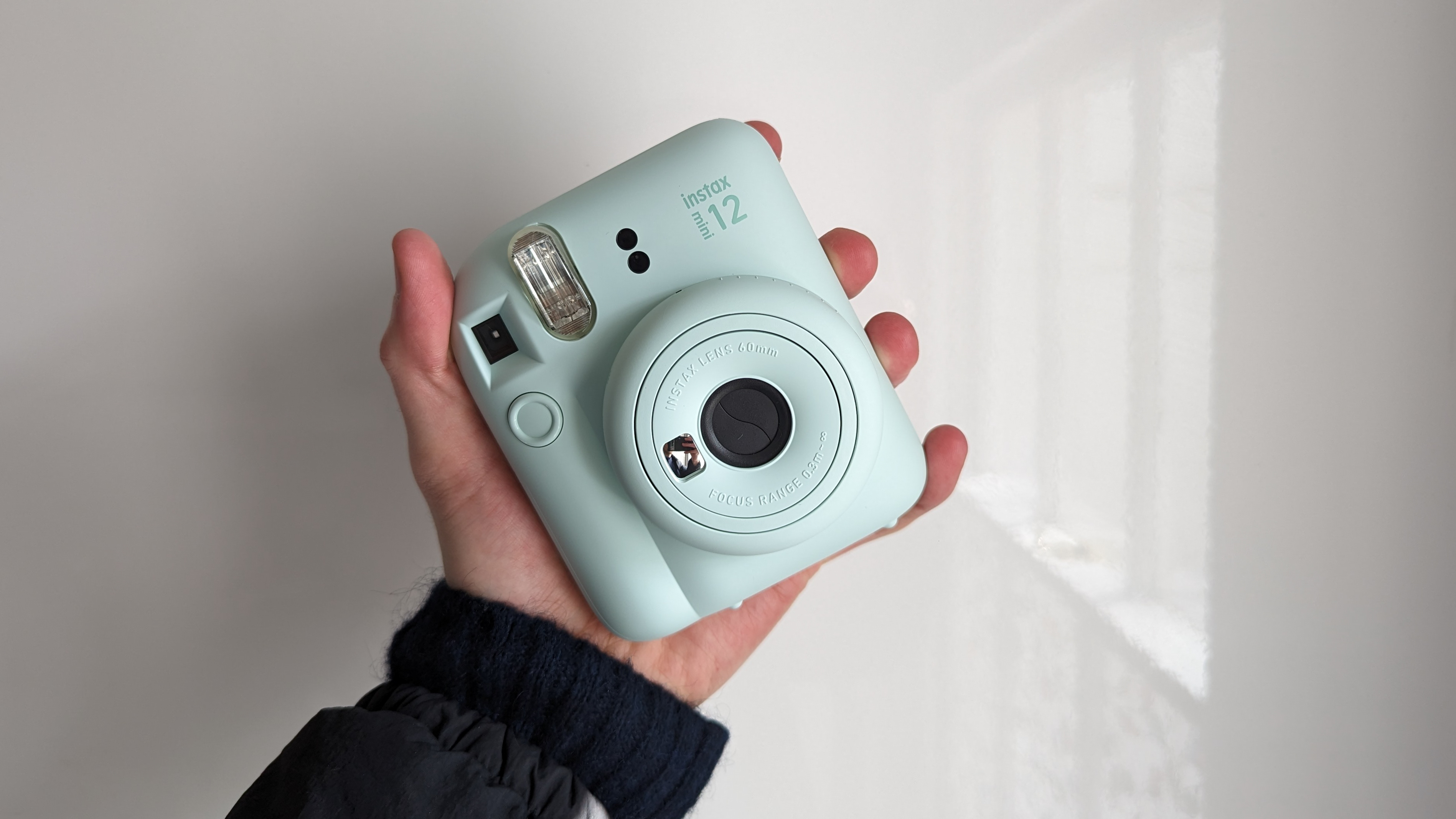We don’t want smaller cameras, we want SMALLER LENSES (or even bigger cameras)
How did we get to the point where cameras got so small and lenses got so big? It's not just about weight, but balance...
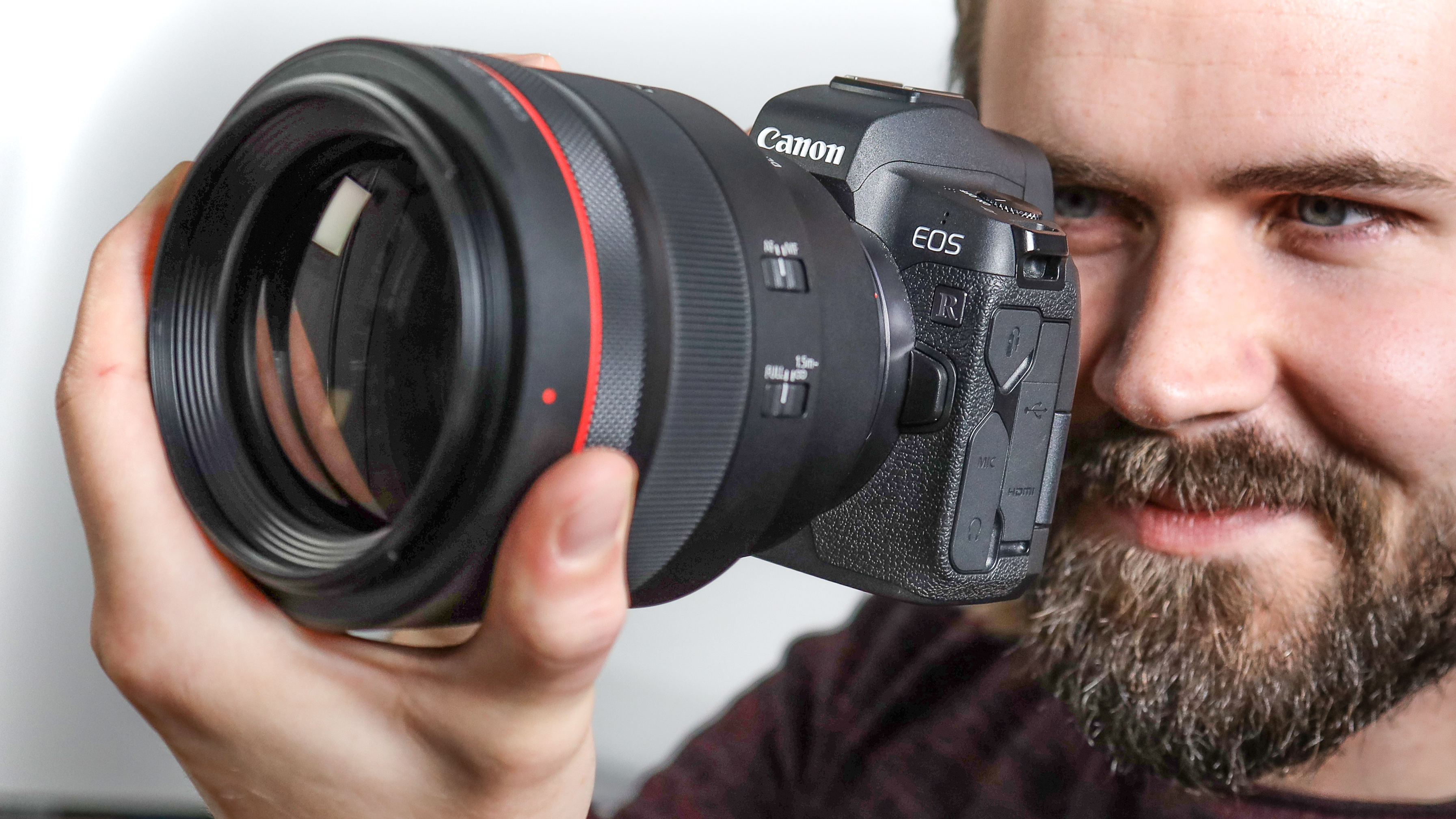
It’s almost as if camera and lens designers somehow got split into two separately-evolving species somewhere around the year 2010 (a date we plucked from the air).
Camera designers have decided the key to survival is to make cameras smaller and lighter, and then smaller and lighter still. It worked for mammals, somewhere around the end of the Cretaceous period.
But then lens designers have gone a different way, producing the best and most powerful lenses possible, regardless of size. This worked pretty well for dinosaurs (though we know what happened to the dinosaurs).
Mirrorless lenses aren’t smaller
Doesn’t it feel like they ought to be? Mirrorless camera makers make a big song and dance about how much smaller and lighter mirrorless cameras are than DSLRs, but that does not apply to their lenses.
There are exceptions. There are some neat and compact ‘pancake’ or power-zoom or retracting kit lenses for some mirrorless cameras, and some nice compact prime lenses from camera makers and third party lens companies.
But the minute you get into professional constant-aperture lenses, which is what we all aspire to, all of that goes out of the window. Professional lenses for mirrorless cameras are just as big, heavy and cumbersome as their DSLR equivalents.
We’re told by camera makers that mirrorless mounts allow bold new lens designs never possible before. True. But you can also add ‘bigger’ to that list of adjectives.
The best camera deals, reviews, product advice, and unmissable photography news, direct to your inbox!
Here are two inconclusive tables. (The fact that they are inconclusive is maybe the point.)
9 top 24-70mm f/2.8 lenses, heaviest first
| DSLR | Nikon 24-70mm f2.8E AF-S ED VR | 1070g |
| DSLR | Sigma 24-70mm F2.8 DG OS HSM Art | 1020g |
| Mirrorless | Canon RF 24-70mm f2.8 L IS USM | 900g |
| DSLR | Tamron 24-70mm f2.8 Di VC USD G2 | 900g |
| Mirrorless | Panasonic LUMIX S Pro 24-70mm f2.8 | 935g |
| Mirrorless | Sony FE 24-70mm f2.8 G Master | 886g |
| Mirrorless | Sigma 24-70mm f2.8 AF DG DN Art | 835g |
| Mirrorless | Nikon Z 24-70mm f2.8 S | 805g |
| DSLR | Canon EF 24-70mm f2.8L II USM | 805g |
• Read more: Best standard zoom lenses
Nikon is the big winner in the mirrorless swap. Its almost comically long 24-70mm f2.8E AF-S ED VR DSLR lens is also the heaviest at over 1kg, while the Nikon Z 24-70mm f2.8 S mirrorless lens is 200g lighter and almost 30mm shorter. Nikon has really made the mirrorless mount work for both camera and (in this instance) lens size.
Canon not so much. Its RF 24-70mm f/2.8 mirrorless lens is almost 100g heavier and over 12mm longer than its EF 24-70mm f2.8L II USM.
Of the rest, you would probably say the the mirrorless lenses were broadly lighter as a group, but not by much.
9 top 24-70mm f/2.8 lenses, longest first
| DSLR | Nikon 24-70mm f2.8E AF-S ED VR | 154.5mm |
| Mirrorless | Panasonic LUMIX S Pro 24-70mm f2.8 | 140mm |
| Mirrorless | Sony FE 24-70mm f2.8 G Master | 136mm |
| Mirrorless | Nikon Z 24-70mm f2.8 S | 126mm |
| Mirrorless | Canon RF 24-70mm f2.8 L IS USM | 125.7mm |
| Mirrorless | Sigma 24-70mm f2.8 AF DG DN Art | 122.9mm |
| DSLR | Canon EF 24-70mm f2.8L II USM | 113mm |
| DSLR | Tamron 24-70mm f2.8 Di VC USD G2 | 110mm |
| DSLR | Sigma 24-70mm F2.8 DG OS HSM Art | 107.6mm |
Again, the extraordinarily long Nikon 24-70mm f2.8E AF-S ED VR leads the pack with a design that undoubtedly had to be built for the rather narrow Nikon F lens mount – OK in its time, but a limiting factor for today’s more exotic lenses.
Apart from that, the mirrorless lenses as a group are actually longer than the DSLR lenses. If you combine that with the generally smaller and lighter mirrorless bodies, it’s not hard to see how the balance of the camera will shift forwards.
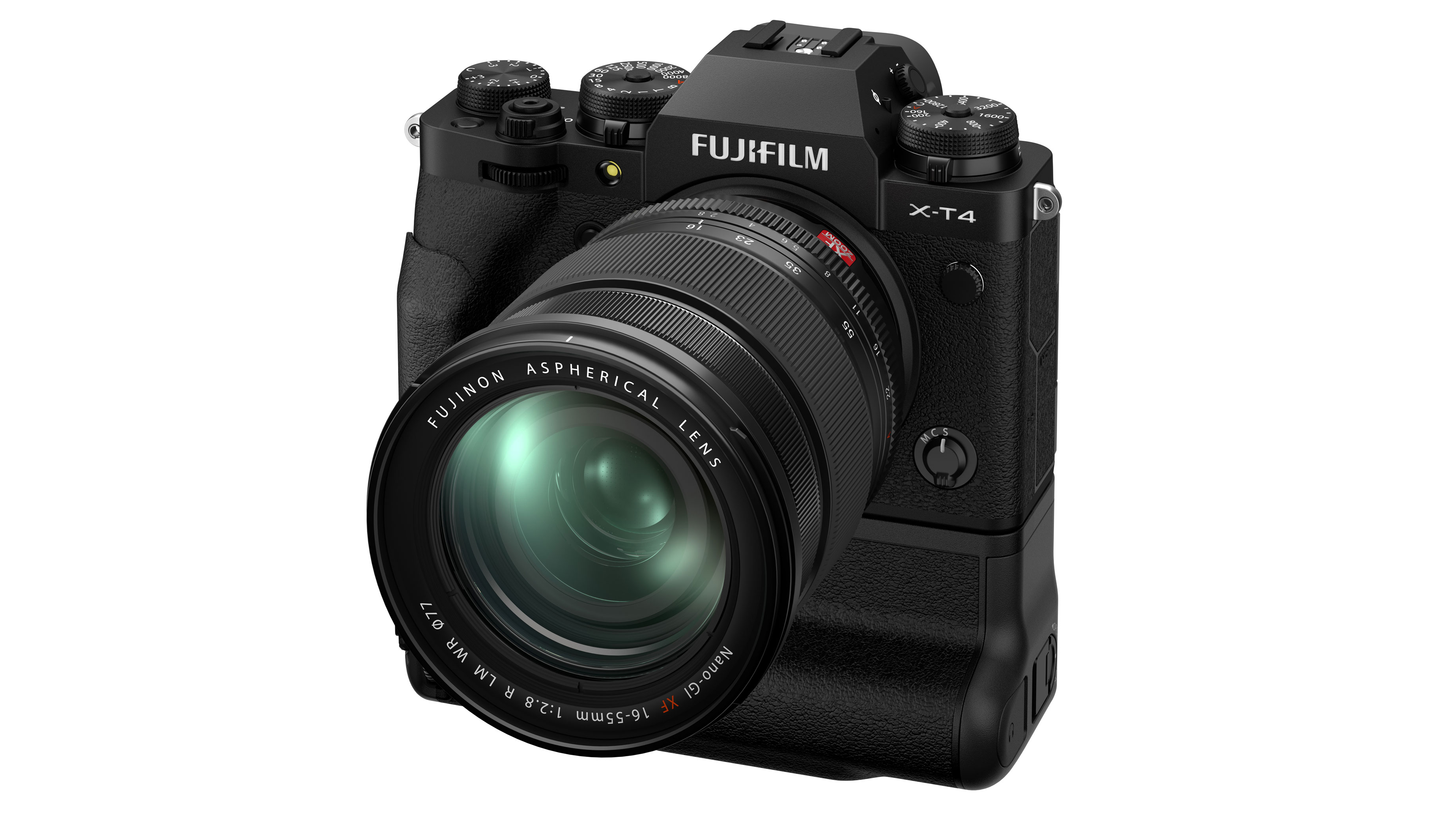
Lens size and sensor size go together
To cover a big sensor, you need a big lens. Optical science is pretty intransigent in that respect. You can make smaller lenses if you compromise on zoom range, maximum aperture, AF actuator speed and optical performance, but right now the camera buying public seems in no mood for compromise. We don’t want the smallest, we want the best.
If you want a small and portable camera system, you need to look at smaller and more portable formats. Olympus (and Panasonic) have had to put up with constant sneering over the years about the smaller dimensions of the MFT sensor (about half the area of APS-C), but the fact is that this does allow smaller lenses. These Micro Four Thirds cameras really do deliver on their promise of a smaller, lighter system in a way that APS-C and full frame cameras do not.
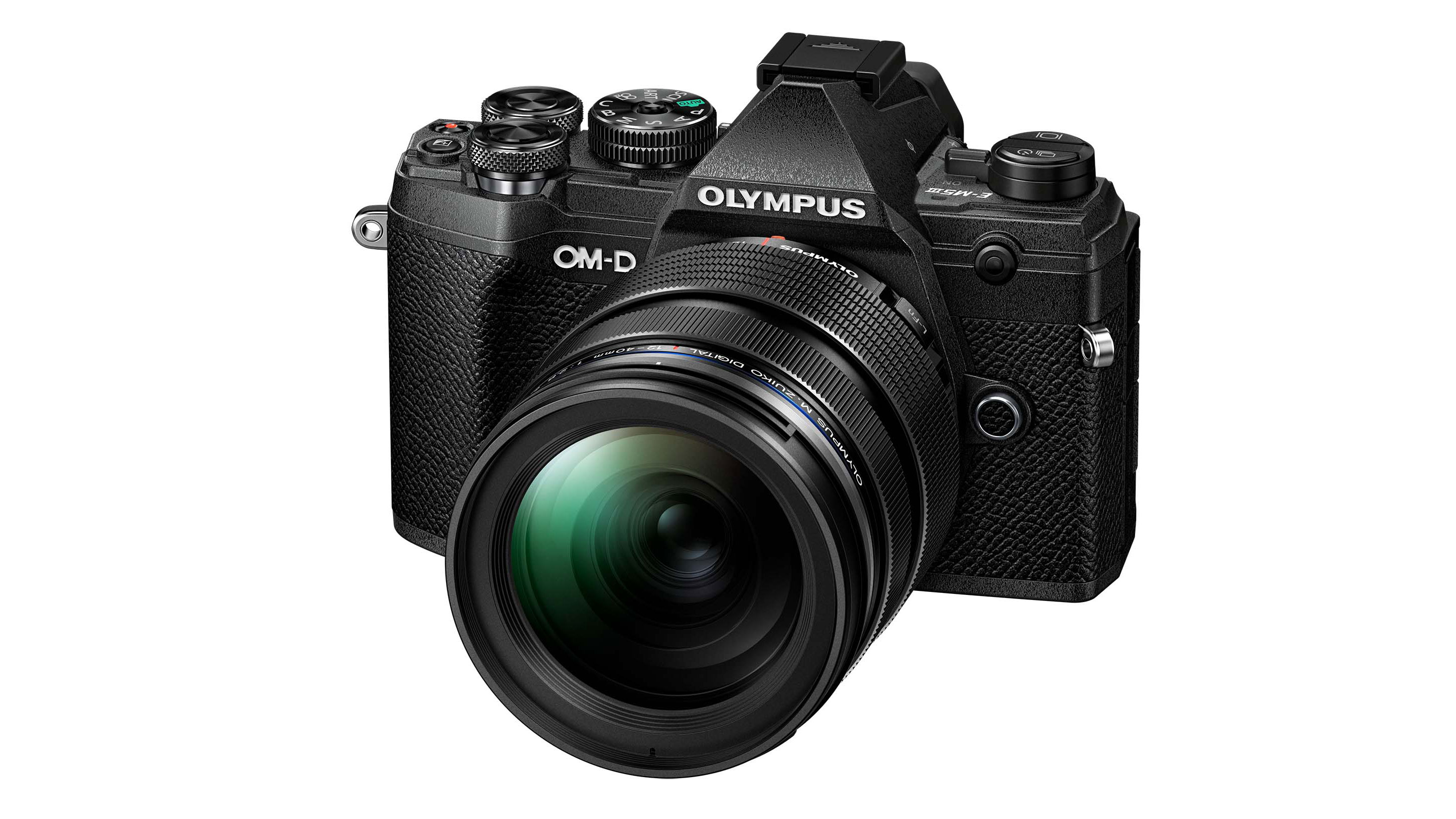
If you can’t make the lenses smaller, can you make the cameras bigger?
The problem with big lenses isn’t necessarily their size or weight on their own. It’s the imbalance between a small mirrorless body and a big professional lens that’s the problem.
Even a lens weighing a kilo, or even two kilos, isn’t necessarily a problem if you can get a good grip and good muscular leverage on the camera body.
A 24-70mm f/2.8 pro lens on a Nikon D850 body doesn’t feel so bad because the D850 is a pretty hefty camera. But a 24-70mm f/2.8 pro lens on a Sony A7R IV feels front-heavy and imbalanced (just an opinion – sorry, Sony). With a heavy camera-lens combination, you need a good grip area and good leverage with your hands and fingers to take the weight properly, and with a small body/big lens combination you just don’t get it.
Paradoxically, if you have smaller hands, you sometimes need a bigger camera to spread the strain better through your fingers, wrists and forearms.
So that’s our message to camera makers. Do cameras really have to be so small, and do lenses really have to be so big?
Read more:
• Best professional cameras
• Best mirrorless cameras
• The cheapest full frame cameras today
• Best standard zoom lenses

Rod is an independent photography journalist and editor, and a long-standing Digital Camera World contributor, having previously worked as DCW's Group Reviews editor. Before that he has been technique editor on N-Photo, Head of Testing for the photography division and Camera Channel editor on TechRadar, as well as contributing to many other publications. He has been writing about photography technique, photo editing and digital cameras since they first appeared, and before that began his career writing about film photography. He has used and reviewed practically every interchangeable lens camera launched in the past 20 years, from entry-level DSLRs to medium format cameras, together with lenses, tripods, gimbals, light meters, camera bags and more. Rod has his own camera gear blog at fotovolo.com but also writes about photo-editing applications and techniques at lifeafterphotoshop.com

